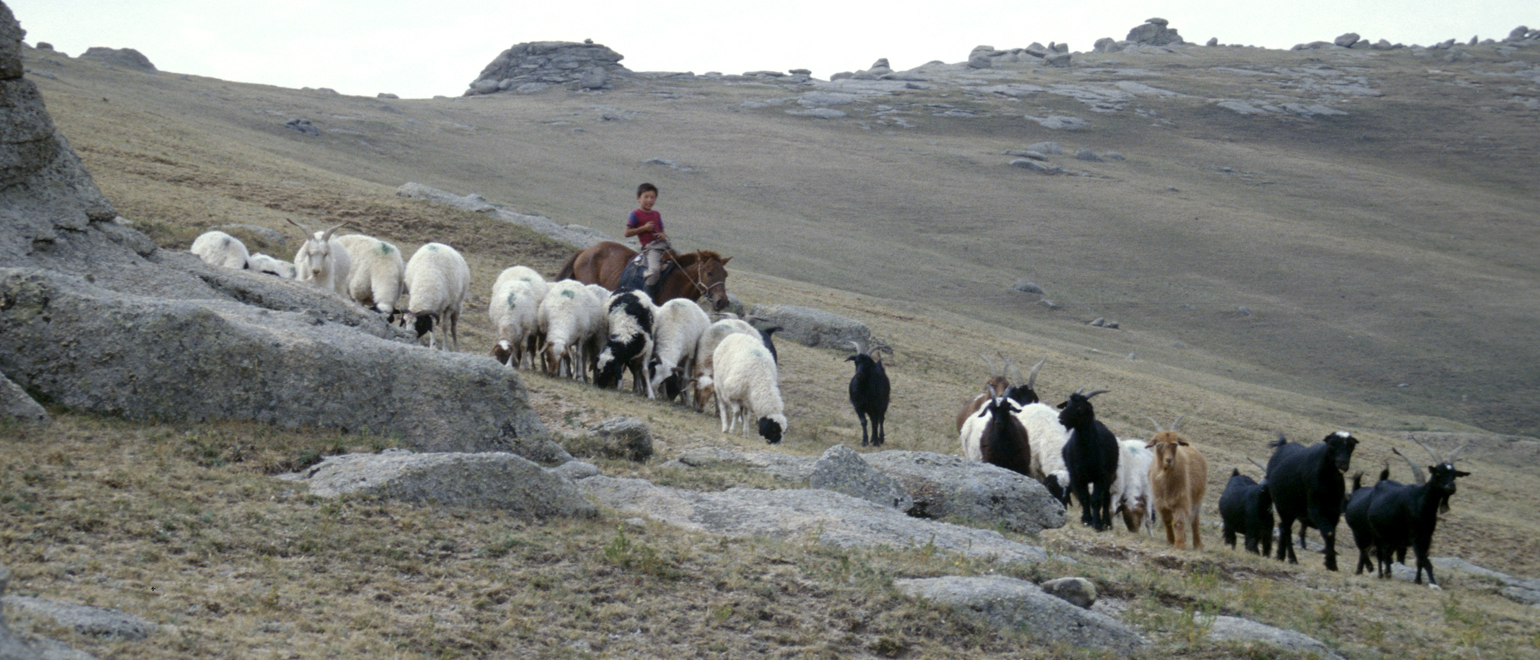
Archaeozoology
Animal bones, teeth and other animal remains are among the most numerous finds in many archaeological excavations. The field of archaeozoology uses a wide variety of methods from the fields of zoology, biology, archaeology, ecology and others to learn more about the diverse relationships between humans and animals.
Basics of Archaeozoology
The basis of any archaeozoological interpretation is the data that can be obtained from the animal remains. This includes the taxonomic determination, i.e. the identification of the animal species from which the remains originate. This identification is based on characteristic external features of bones and teeth. The age of the animal at the time of death can be determined by the state of closure of the so-called epiphyseal joint of a bone, the presence or eruption of deciduous or permanent teeth and the degree of wear. Sex can also be determined based on certain characteristic bones, especially the pelvis. Measurements of certain bone lengths and widths can also be used to determine sex, and to reconstruct the size of the animal and differentiate whether it was a domestic or wild species.
Questions in Archaeozoology
Once collected, all these data can be analyzed quantitatively and qualitatively to answer a variety of questions. For example, the relative frequency of bones of an animal species gives us insight into the economic importance of the respective species for the associated human group. The sex and age distribution of slaughtered animals allows conclusions to be drawn as to whether an animal species was kept for a specific purpose, for example as a primary stock for meat, milk or wool production. The remains can also examined for pathological changes in order to determine the general health of the animal population and, for example, whether some specimens were used as draught animals. Cut, blow or bite marks and evidence of exposure to fire are also important sources of information and can inform researchers on the slaughtering practises and consumption habits of past societies. Comparing archaeozoological data from different sites or time periods can reveal further culture-specific characteristics of animal husbandry. For some time now, other scientific methods such as isotope analysis and DNA studies are also being used to answer archaeozoological questions.
Excavations in Karakorum and Karabalgasun
An initial preliminary analysis of some of the animal bone material from Karakorum was carried out in 2010. This showed, for example, that almost exclusively domesticated animals, particularly sheep and cattle, were used to feed the city. Hunting wild animals, on the other hand, does not appear to have played a role. The slaughter age of sheep also shows a focus on animals between one and two years old, which indicates that meat production was the primary goal of sheep farming. Animal bones from Karabalgasun were also analysed and the results were comparable to those from Karakorum.